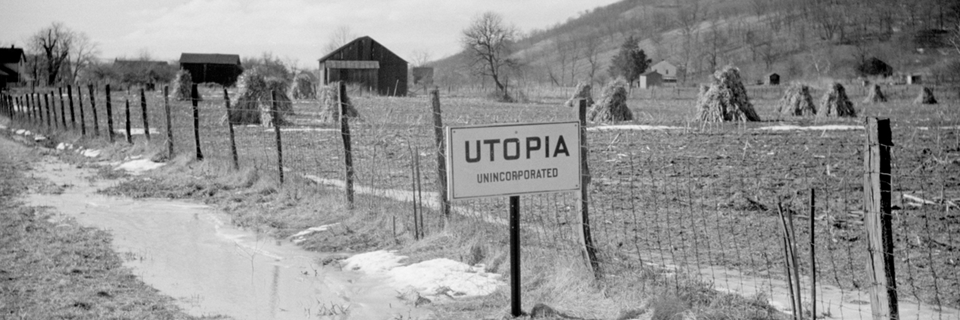Be fruitful and multiply and fill the earth and subdue it.
Genesis 1:28
Everything that
Cerdà talked about had been already fictionalized by
Simon Tyssot de Passot about one hundred and fifty years before. Specifically, in his “
Voyages et avantures de Jaques Massé”. Where he describes a country without a city and the entire population is statistically redistributed throughout the territory. A territory organized on the basis of a grid with strictly orthogonal channels and paths. Even
Gabriel de Foigny in his “
La Terre australe connué”, two centuries before Cerdà and half a century before Tyssot himself, tells us about a society made up by a geometric urbanism, a domestication of the land and an egalitarianism guaranteed by the absence of private property and possession of particular goods.

Almost contemporaneously,
William Penn devised his
Philadelphia Plan. A plan, with a hygienic vocation, developed according to the Quaker principles of his own mentor: religious, racial and gender equality. The future city was organized according to a network of streets perpendicular to each other where two axes with civic and commercial vocation stood out. Two axes that formed the main layouts of the grid. Each quadrant had its public square, conceived as a green lung. Similarly, the plots of houses were evenly spaced to ensure a private green space for each neighbor. That fact allowed to maintain a certain sense of rural life within a fast growing city.
 |
| William Penn's Plan for Philadelphia, 1684 |
A century later,
Thomas Jefferson goes beyond Penn when he lays the groundwork, three years before the
Constitution of the United States, for the
Land Ordinance. A territorial ordinance which plans its expansion to the West following a reticular mesh structure. In fact, an unknown and still uncharted territory is ordered. The abstraction of the mesh becomes the supporting structure of future continental colonization. In this sense, the map precedes the territory. As André Corboz state, project-space overlaps with substrate-space. The grid is based on roads and highways that materialize it as a guarantee of equality and social justice, order and stability. It does not equip, it distributes. It does not argue, it disposes. For Jefferson, utopia and reality are not two opposite categories but convertible into one another. The first serves to prepare the second.
 |
| Jefferson-Hartley Map of the United States East of the Mississipi River, 1784 |
«Rurizad lo urbano: urbanizad lo rural:... Replete terram.»*
And by sublimating urbanization, the true territorial vocation of a
Saint Simonian like Cerdà has been hidden from us. As well as his general and analogous theory of rurization. If urbanization consisted of opening the land to inhabit it, ruralization consisted of opening it to cultivate it. Anyway, to defend that the current Eixample is the work of Cerdà is like saying that the current Sagrada Família is the work of Gaudí. For some reason both are the result of an unfinished project. Like modernity.
[*] «Ruralise the urban, urbanise the rural:... Replete terram.»






